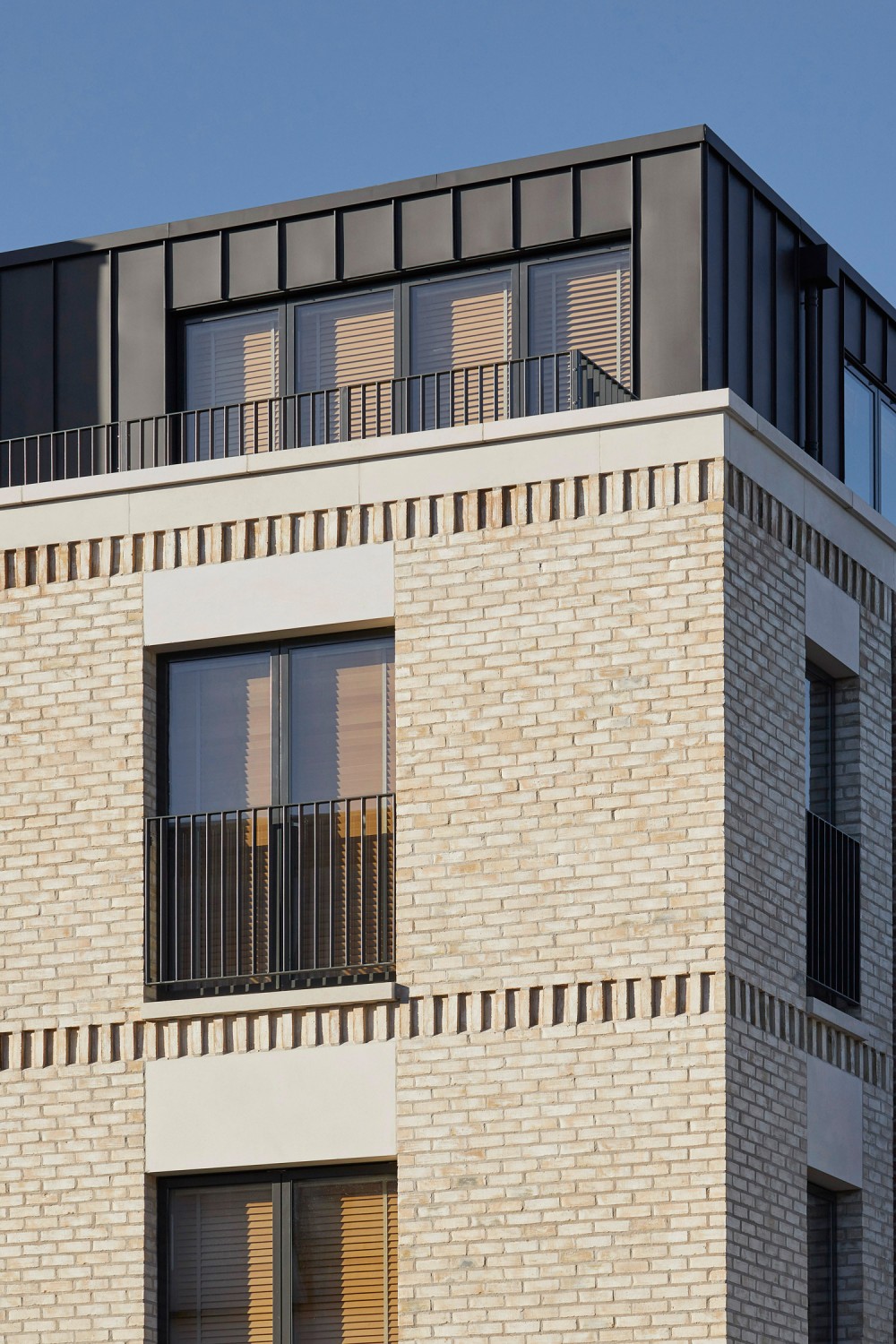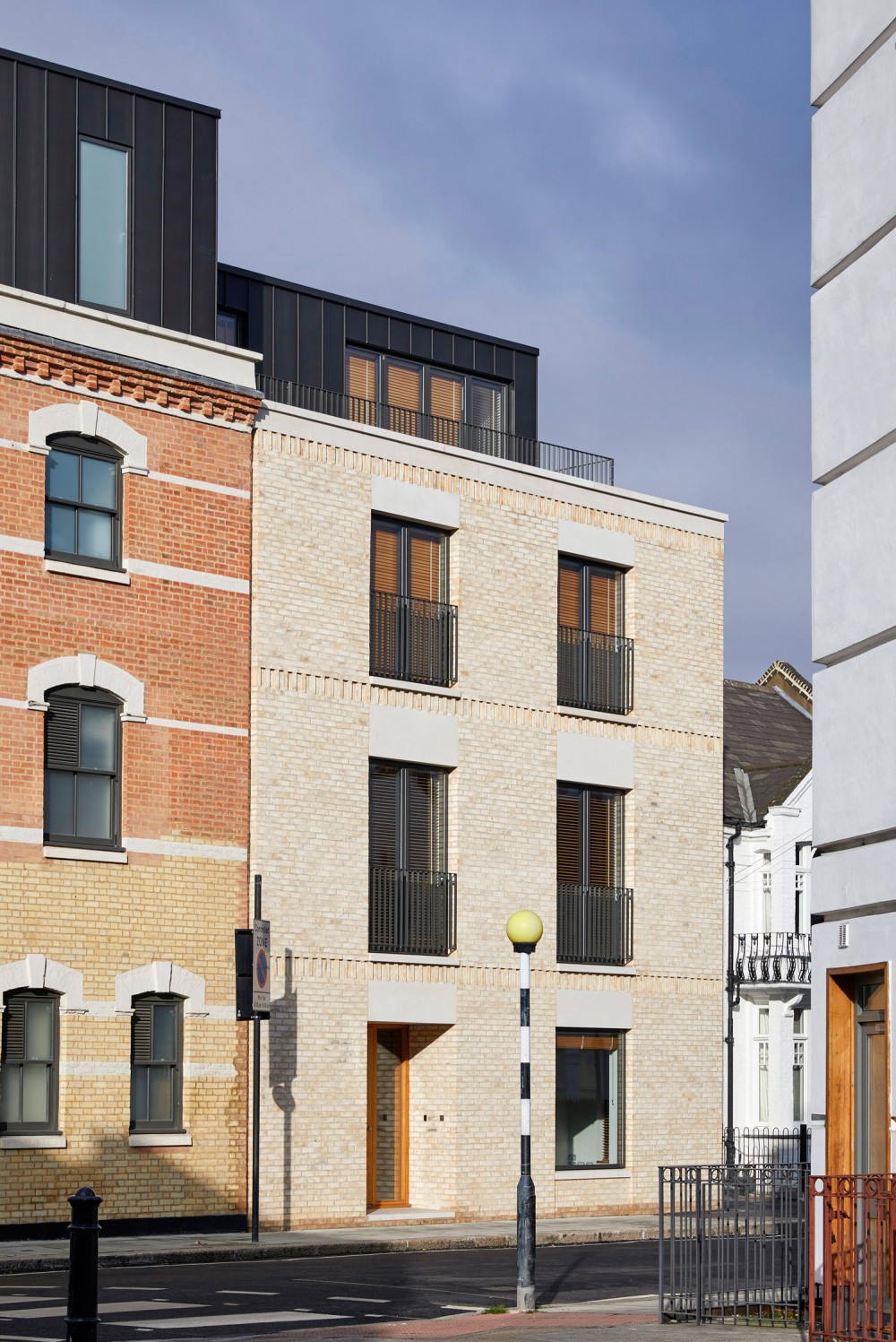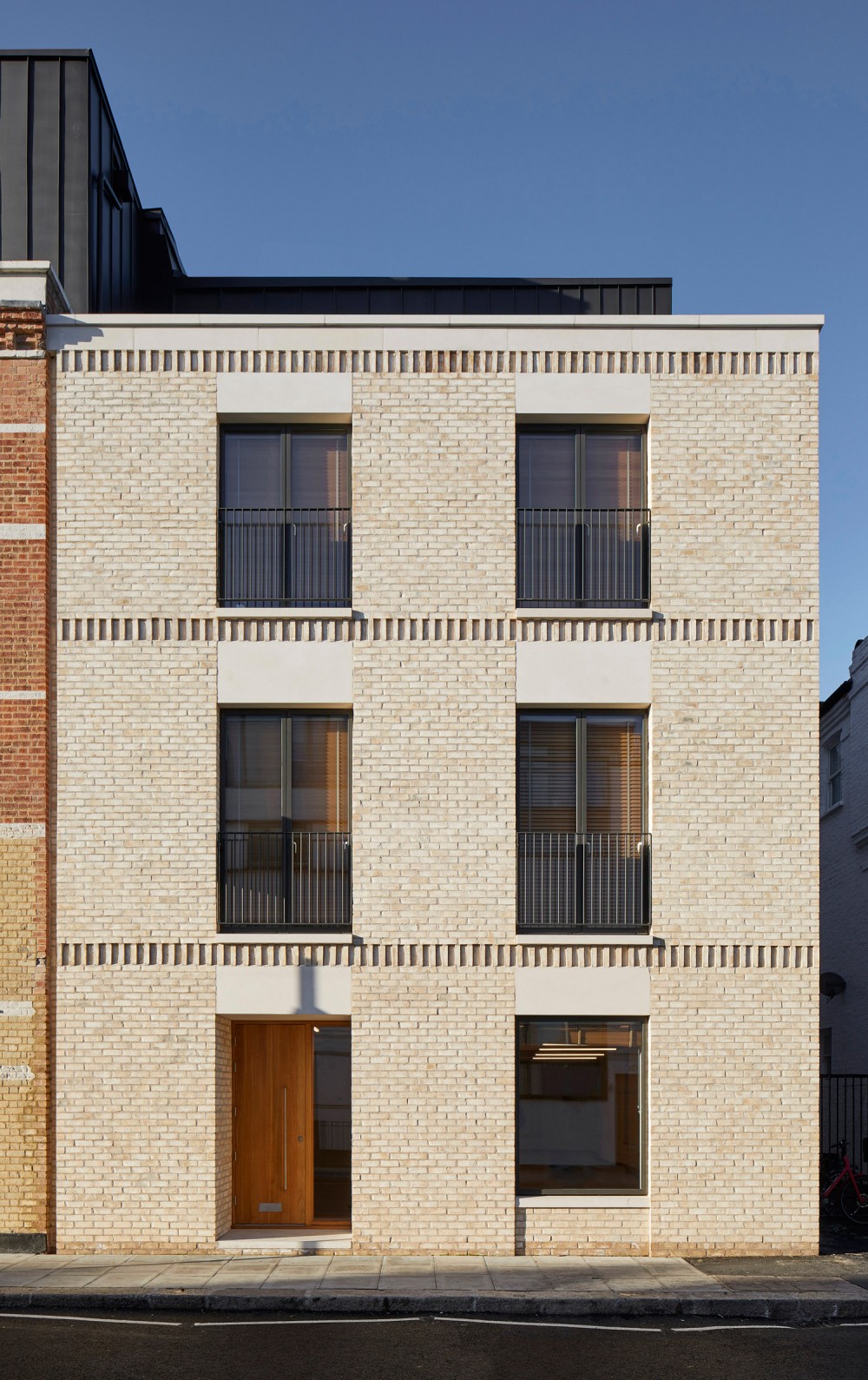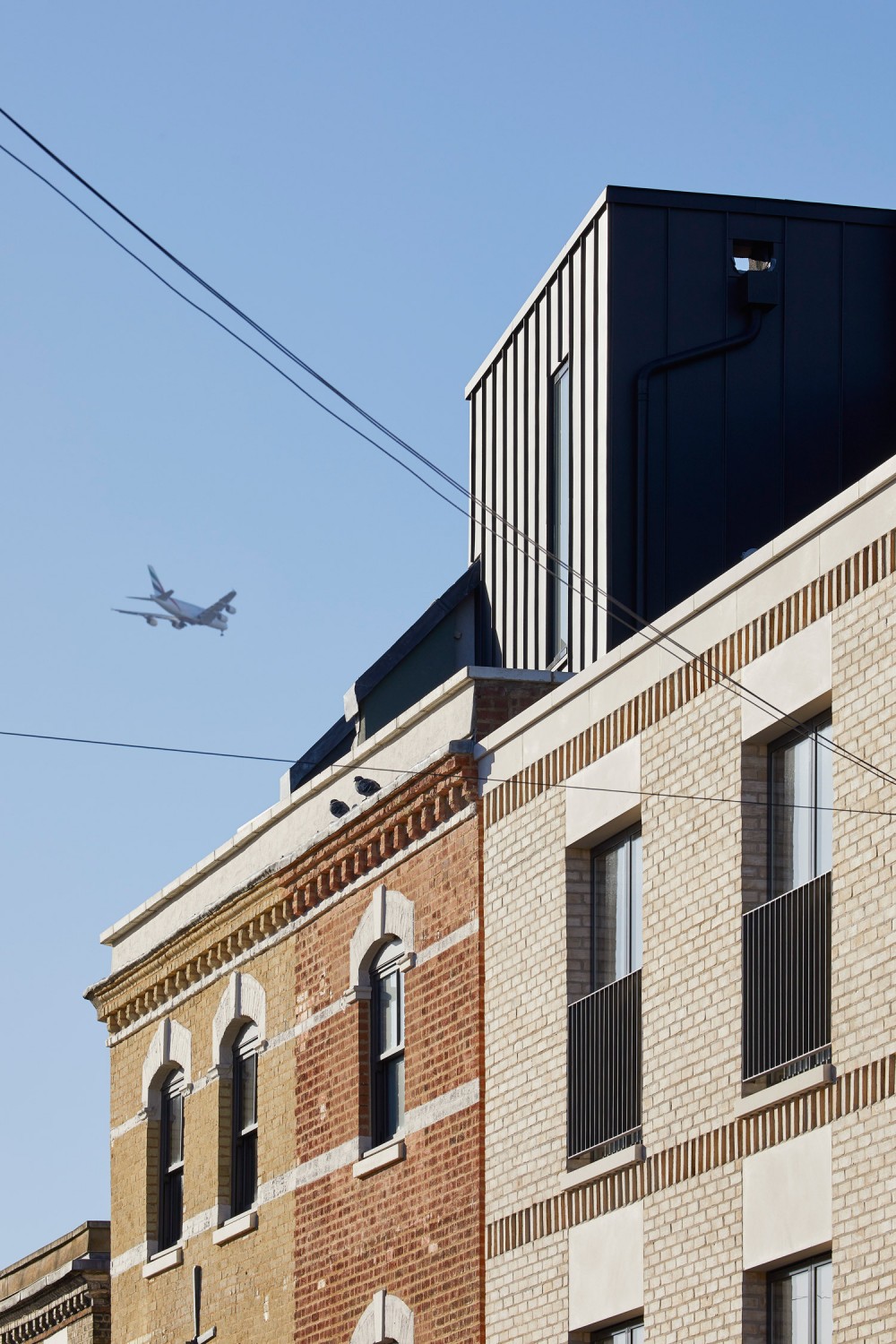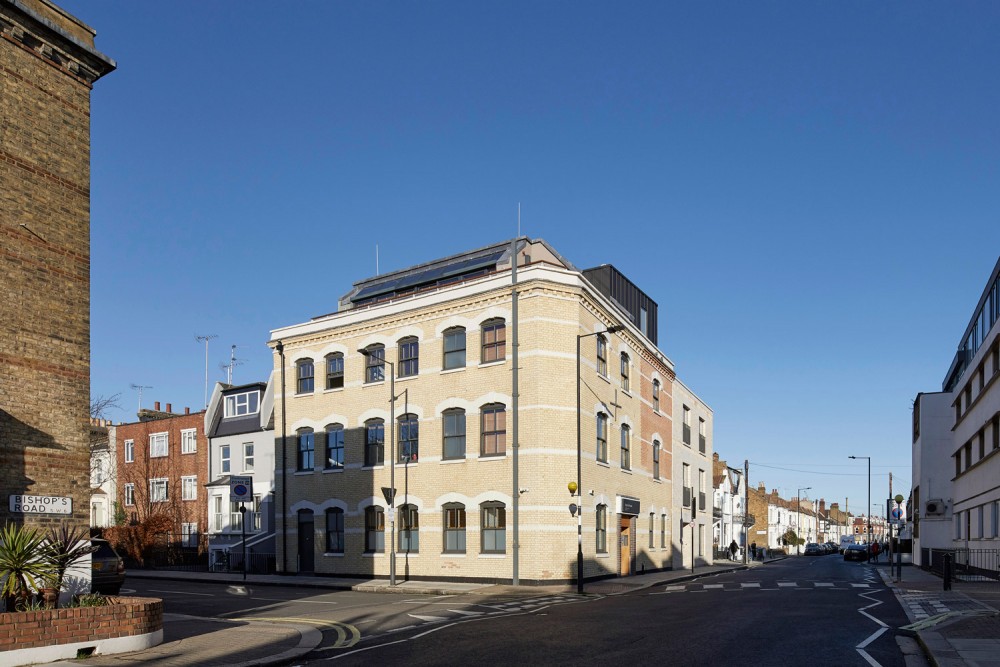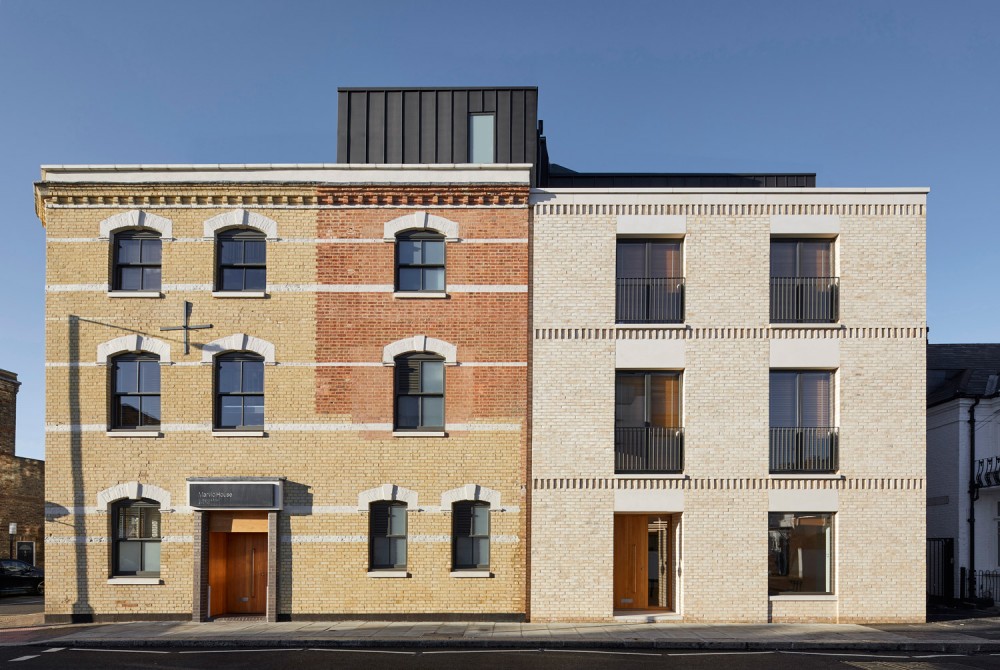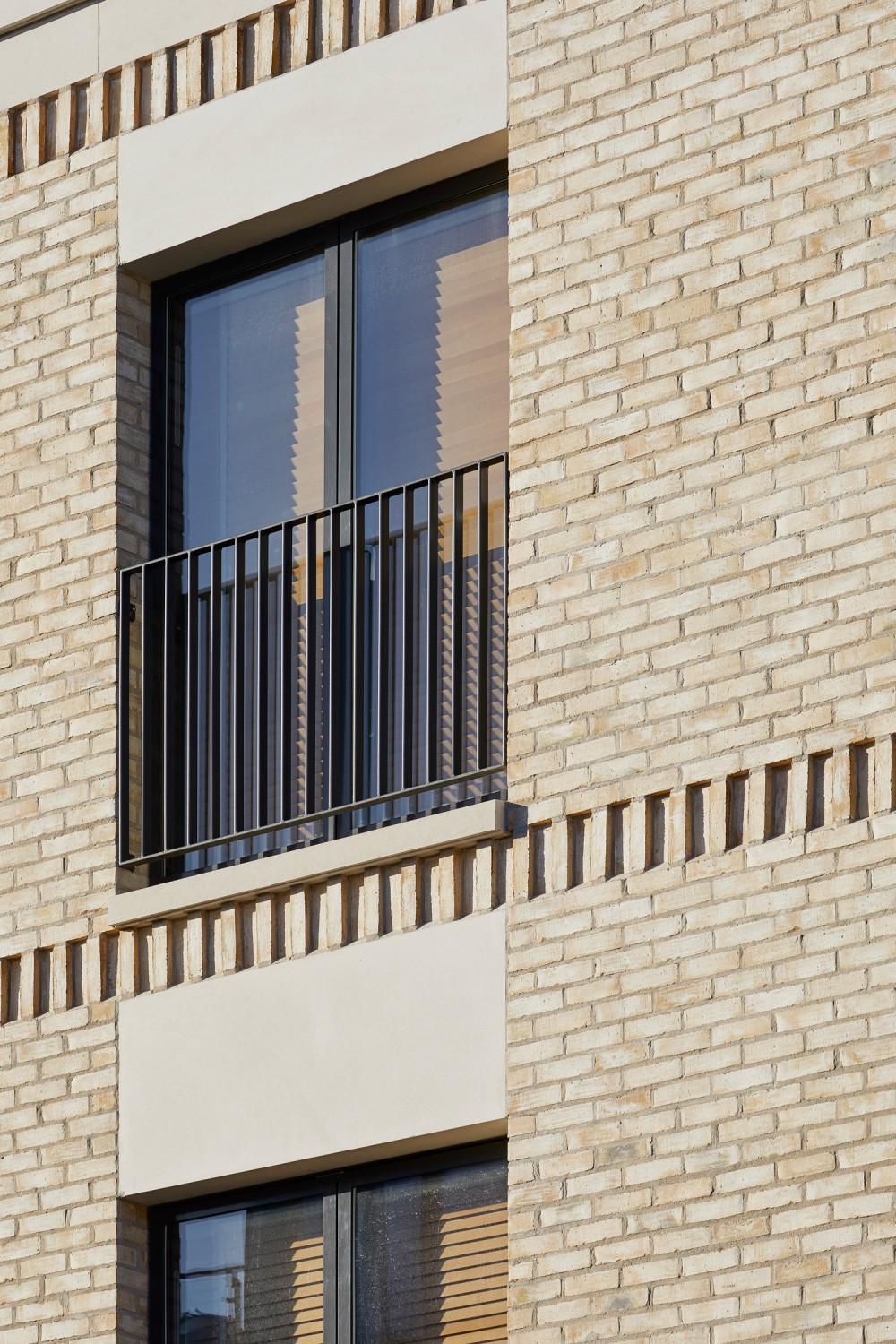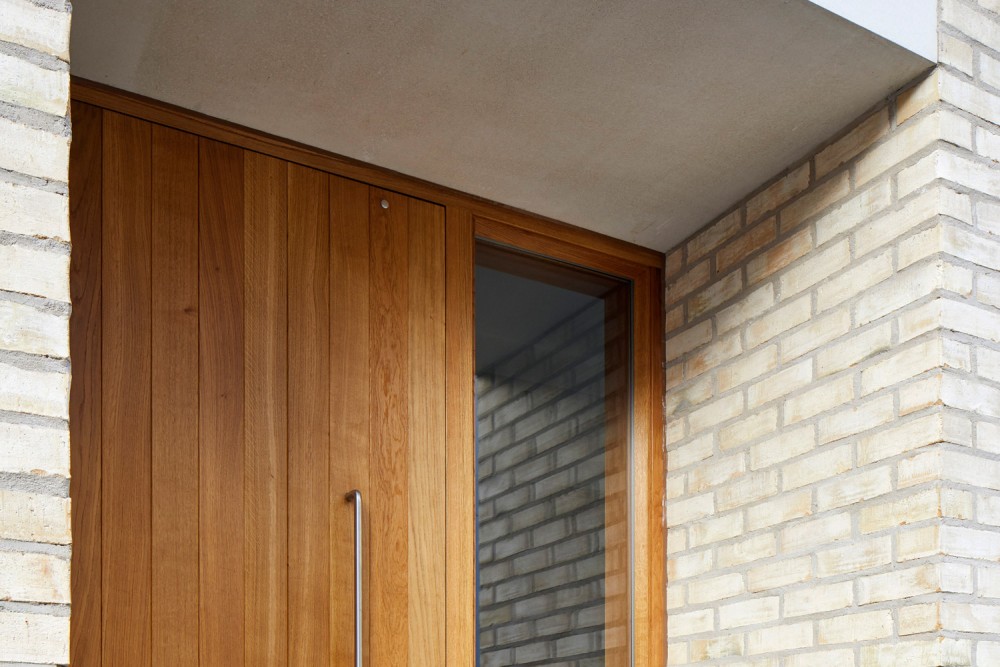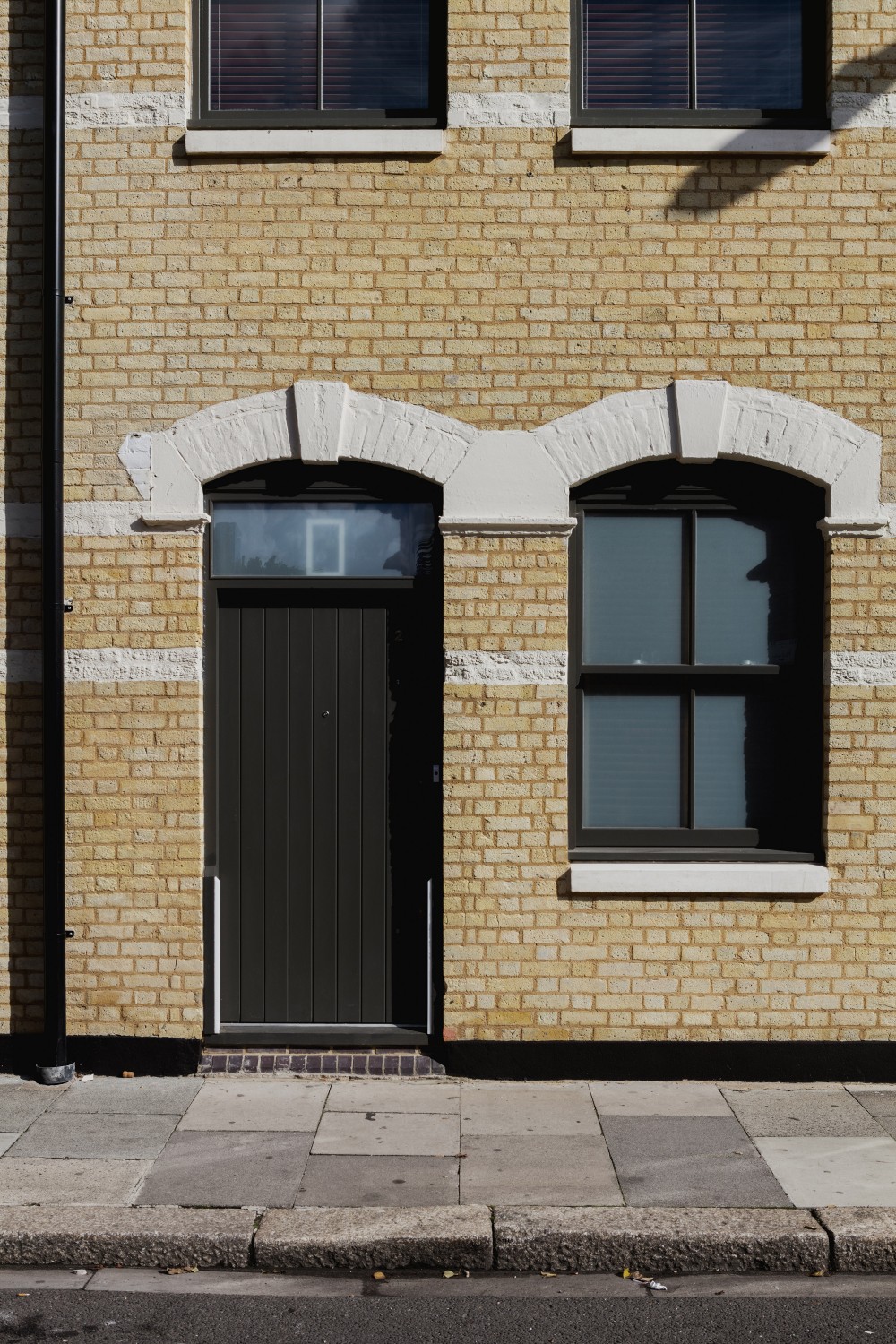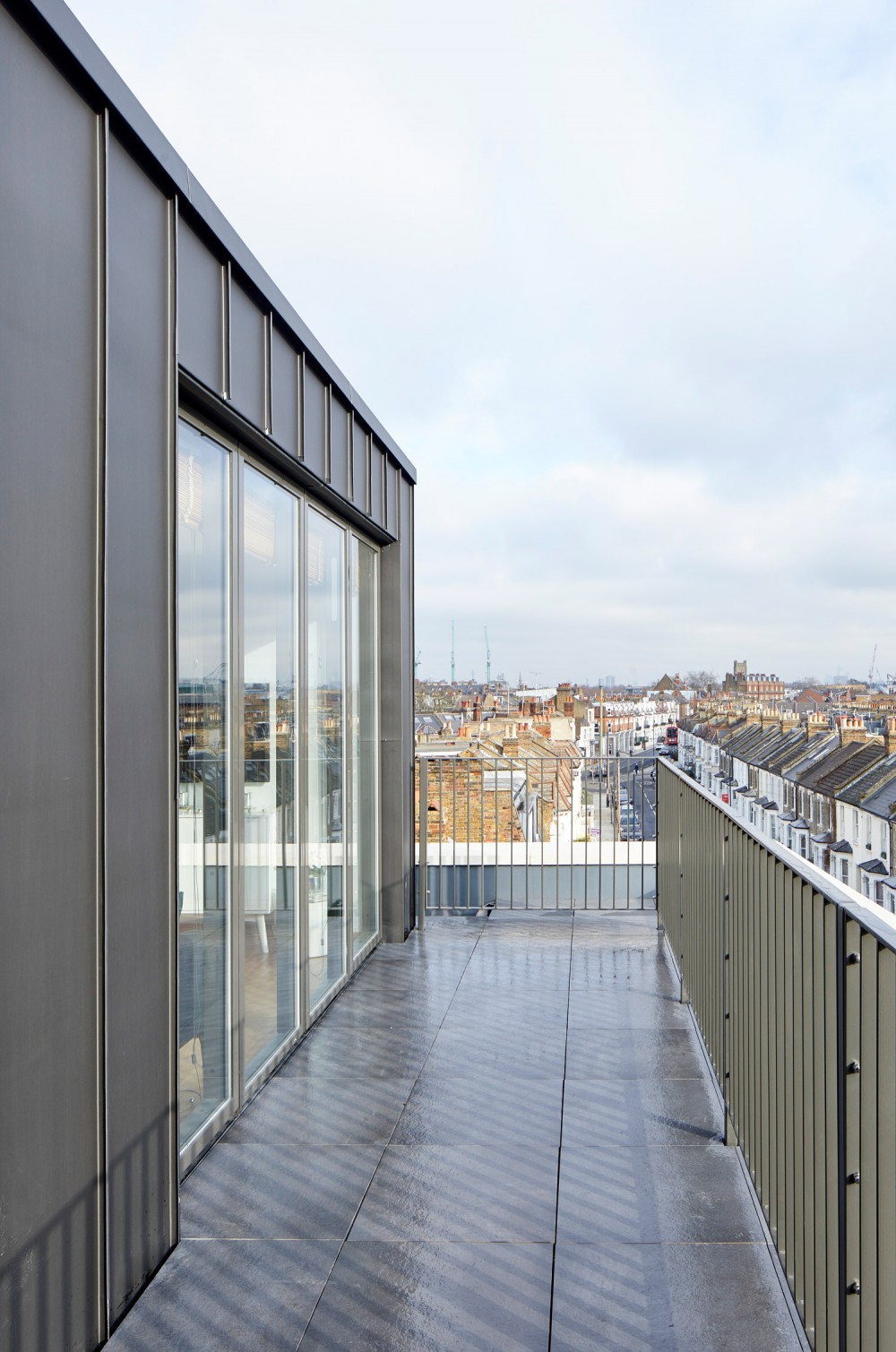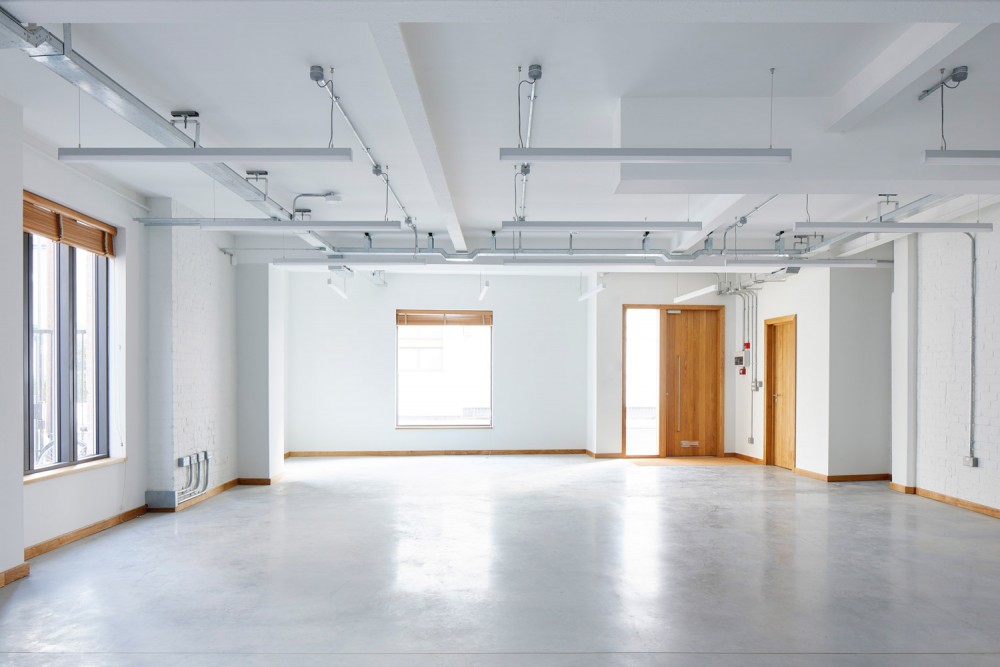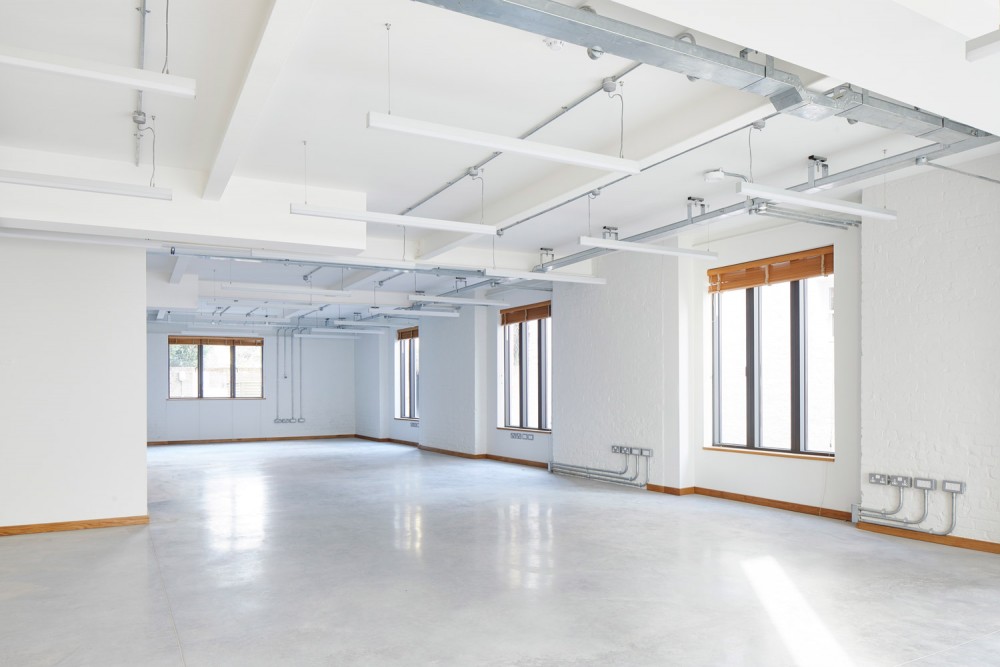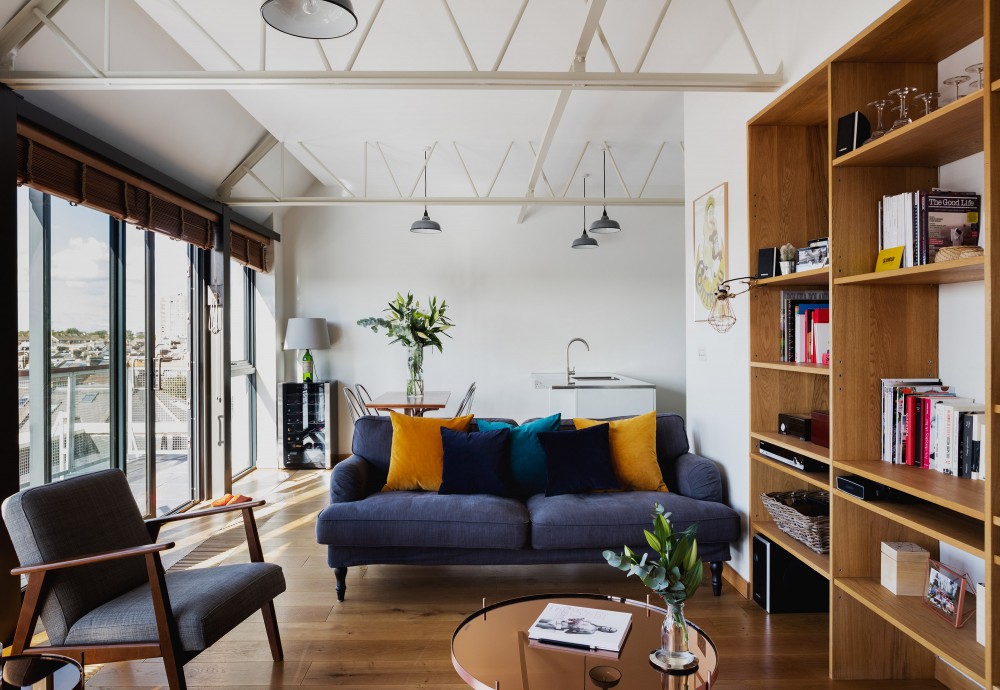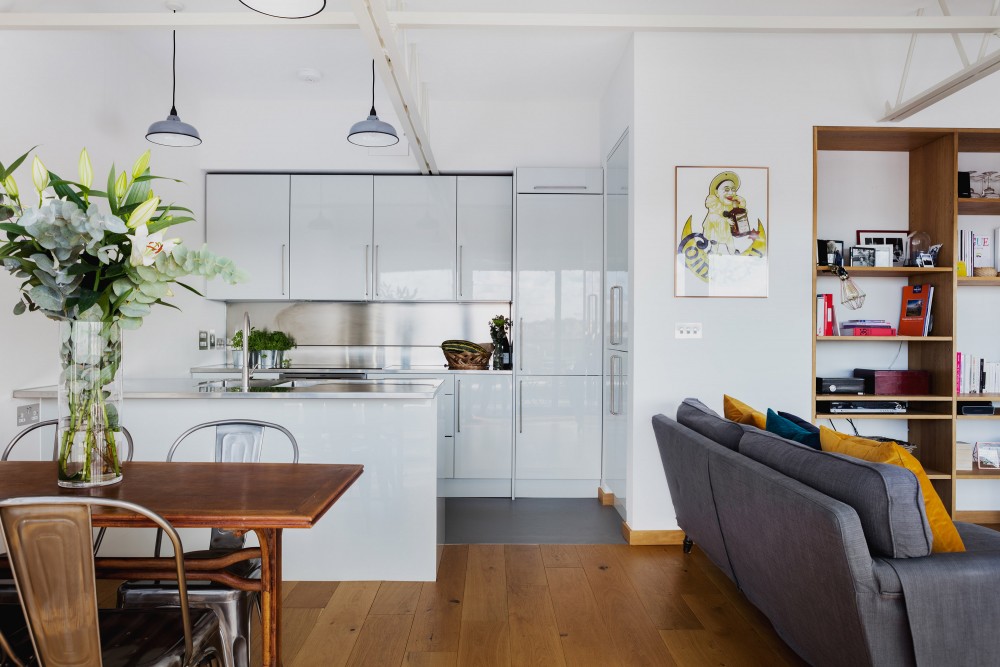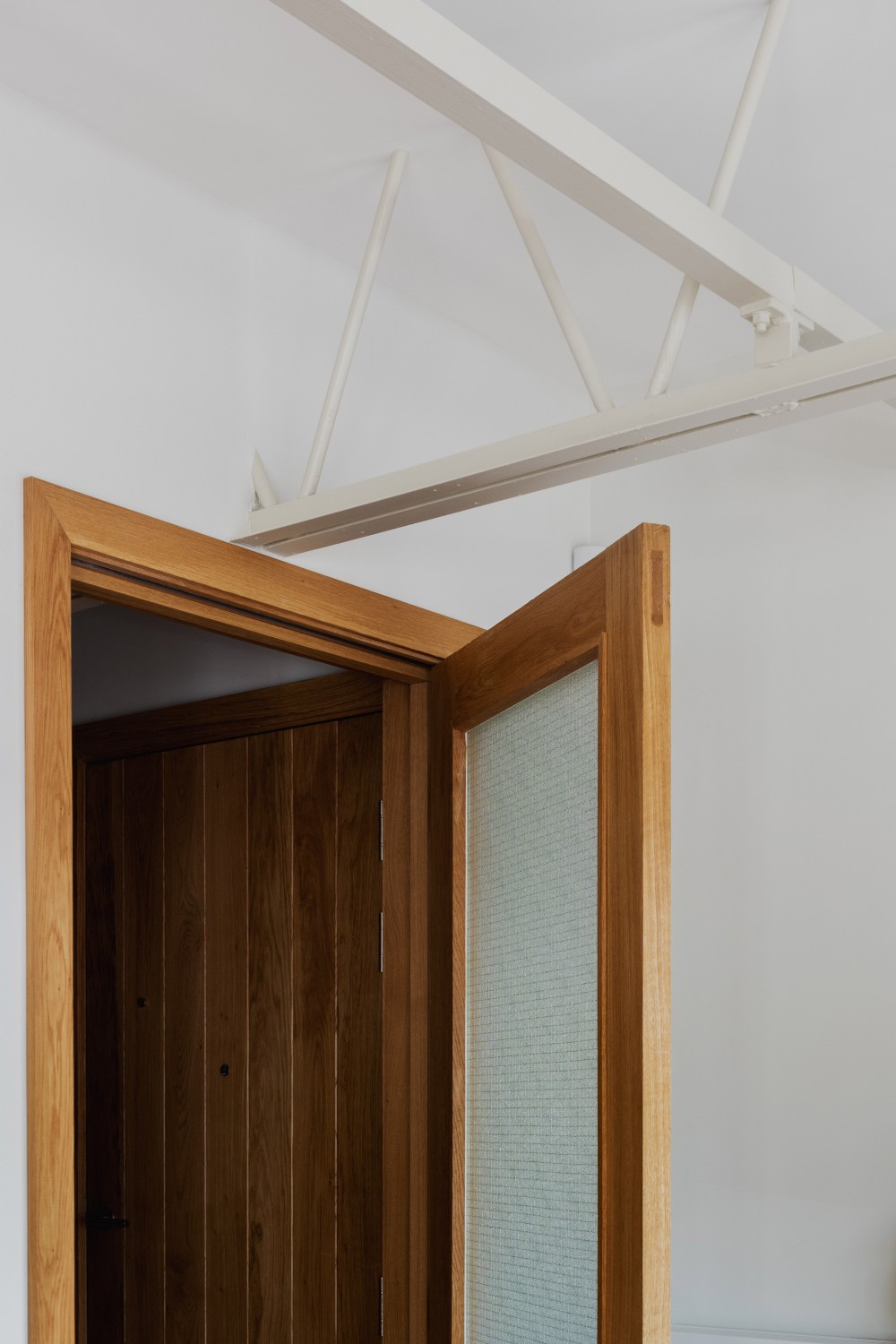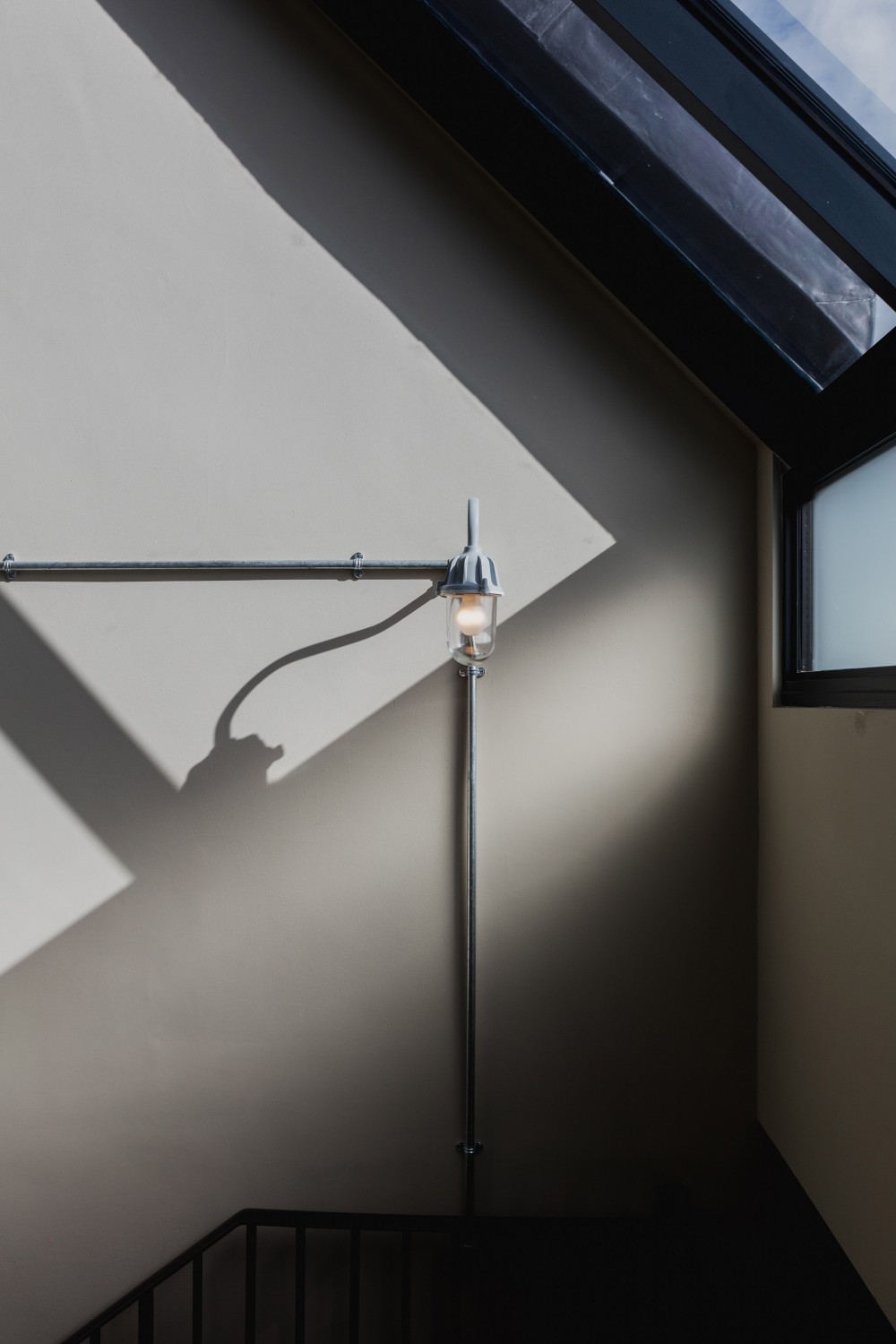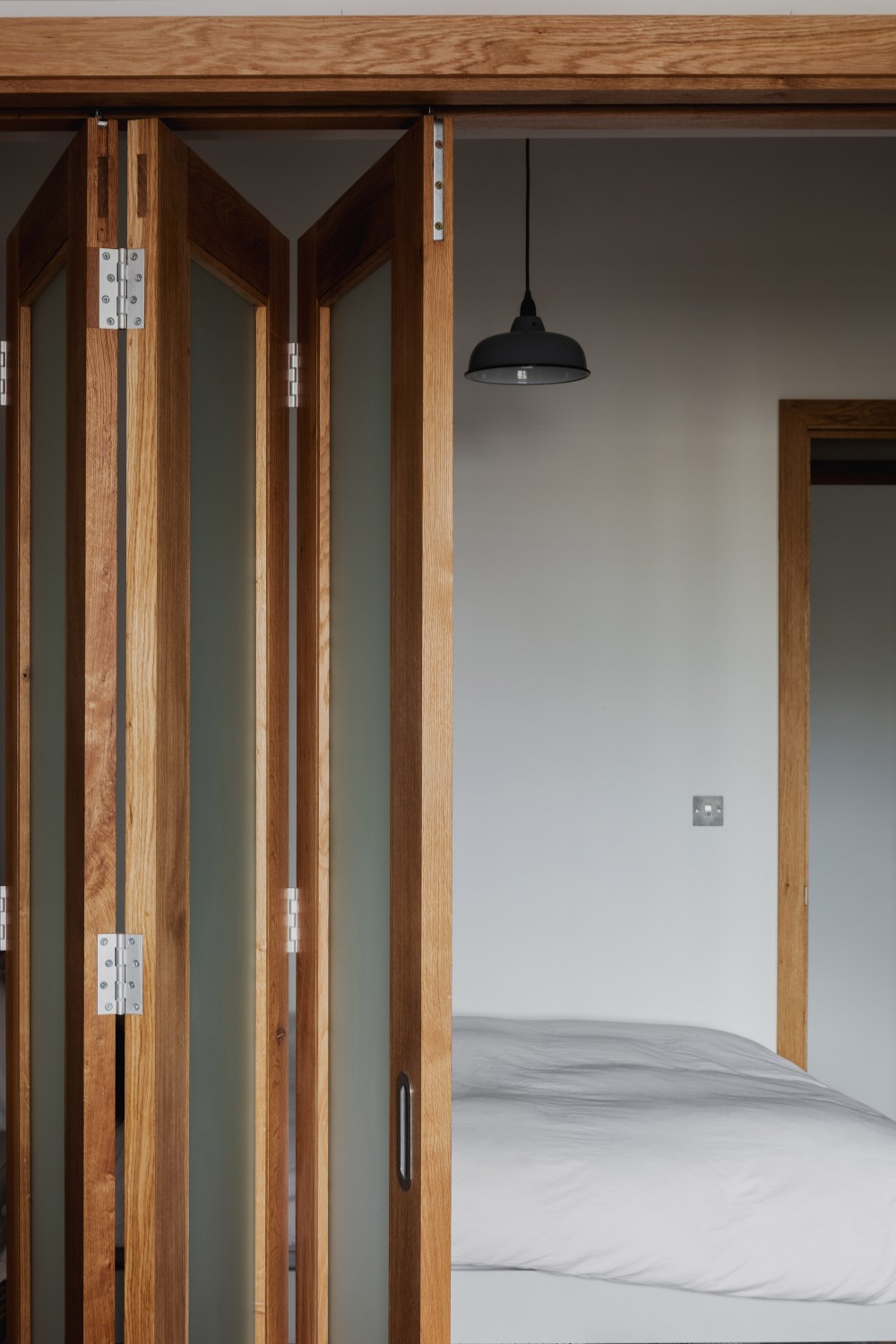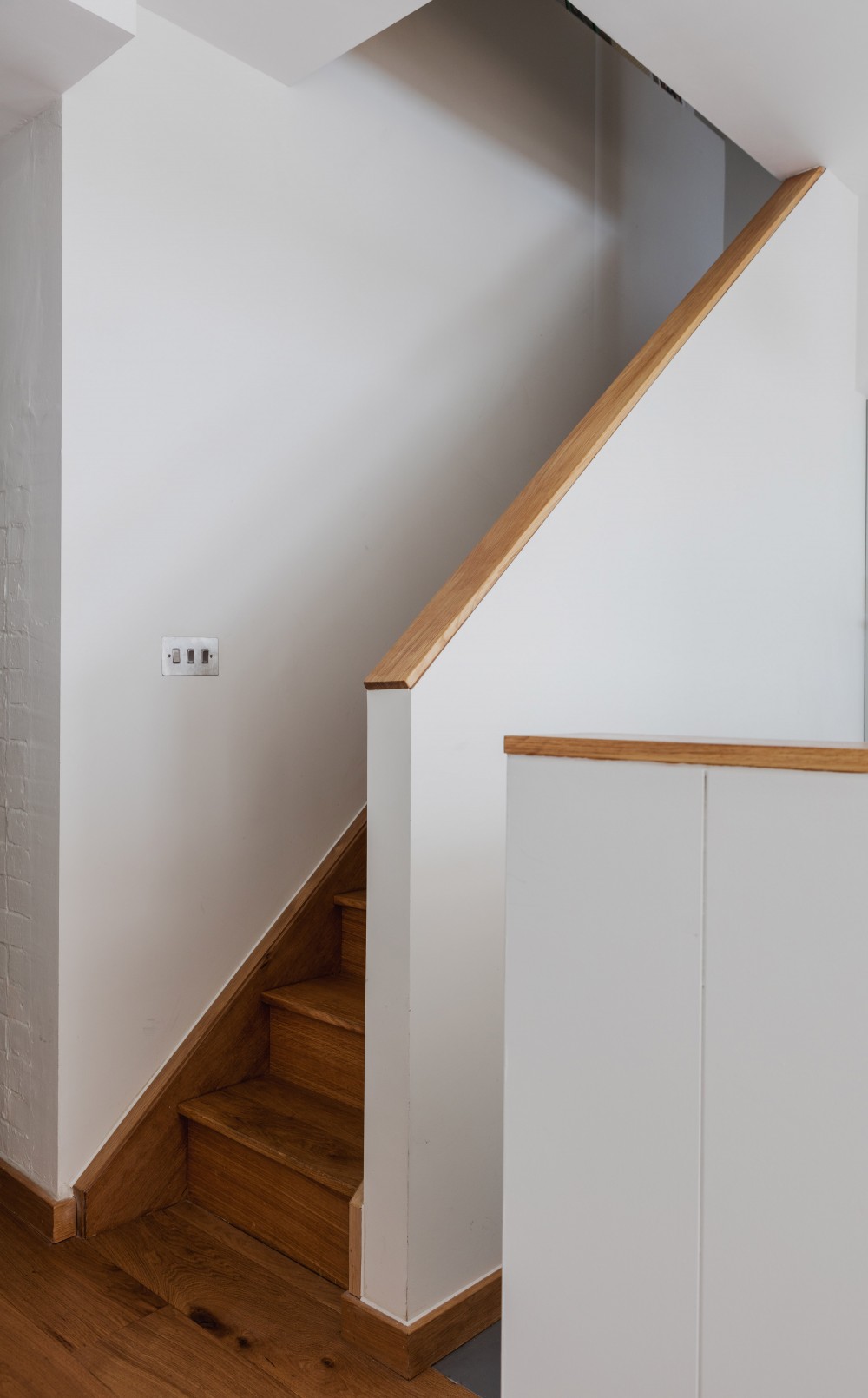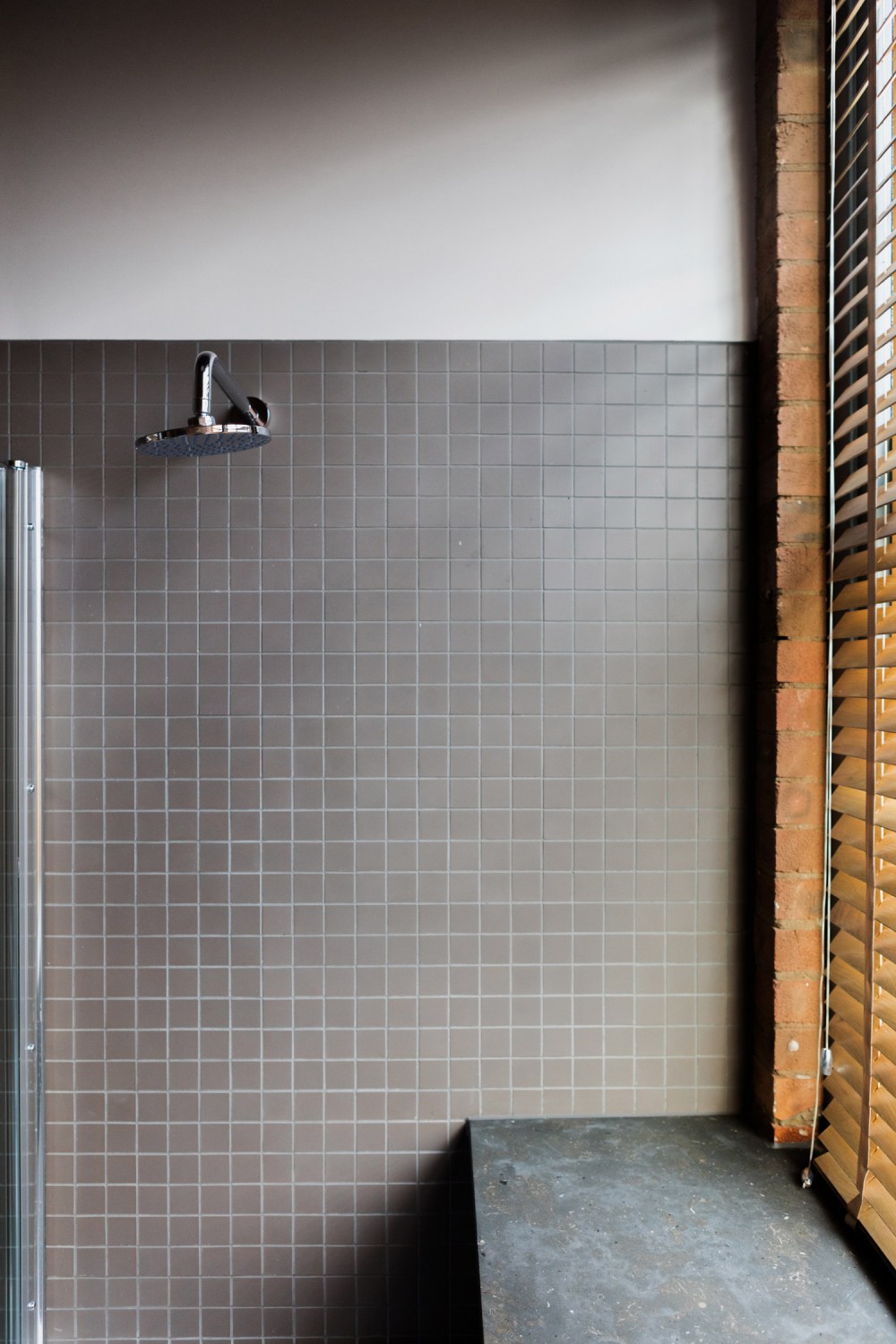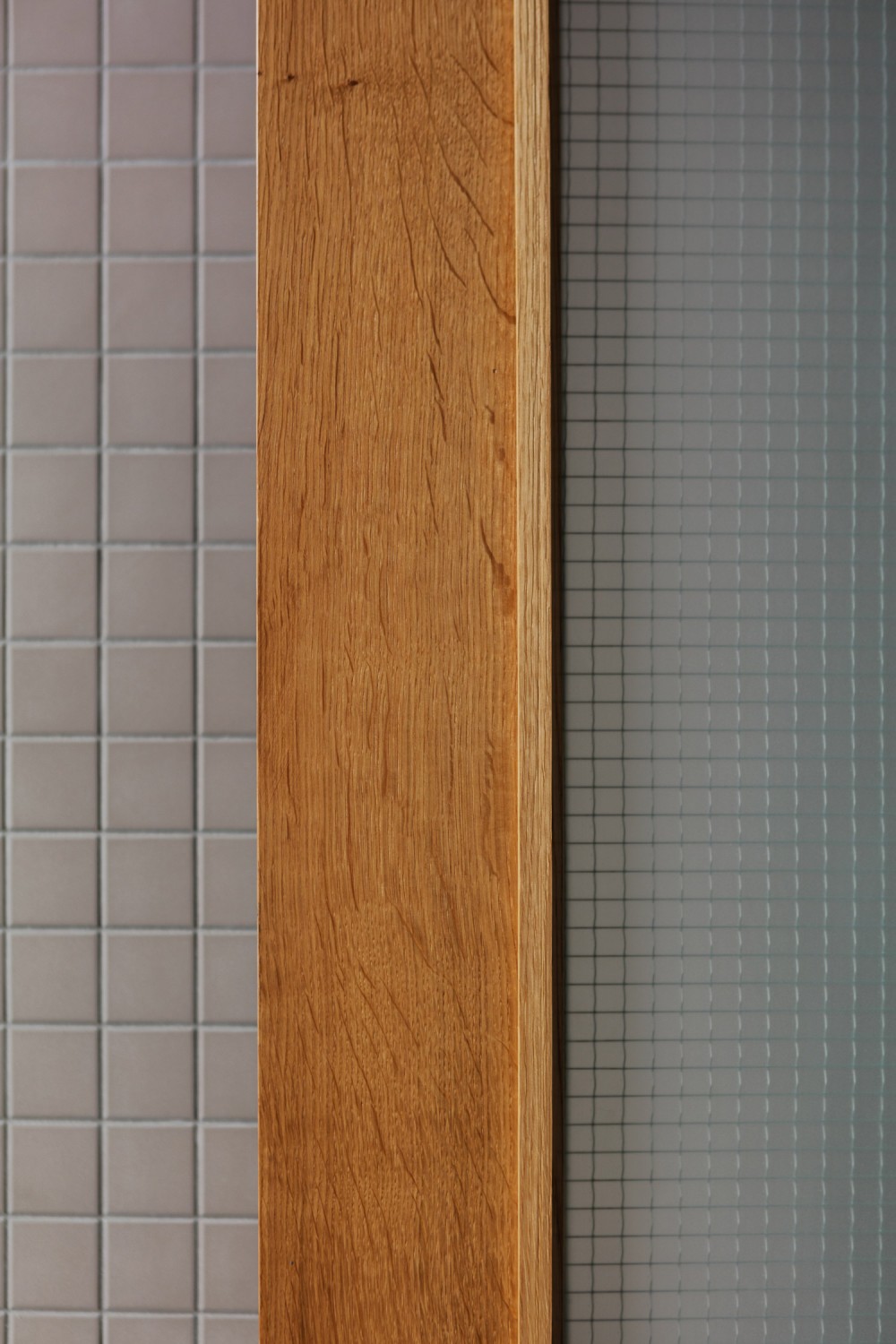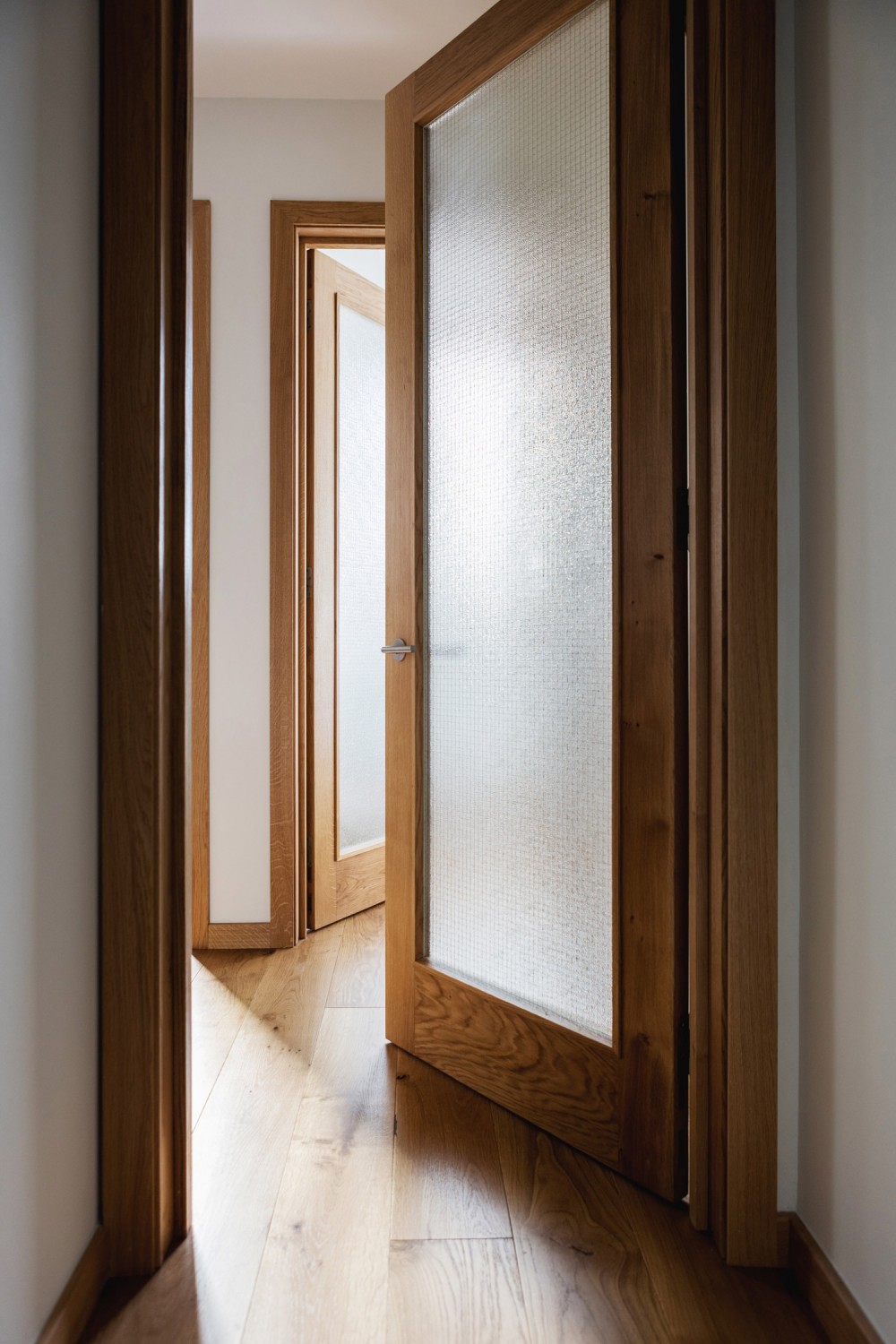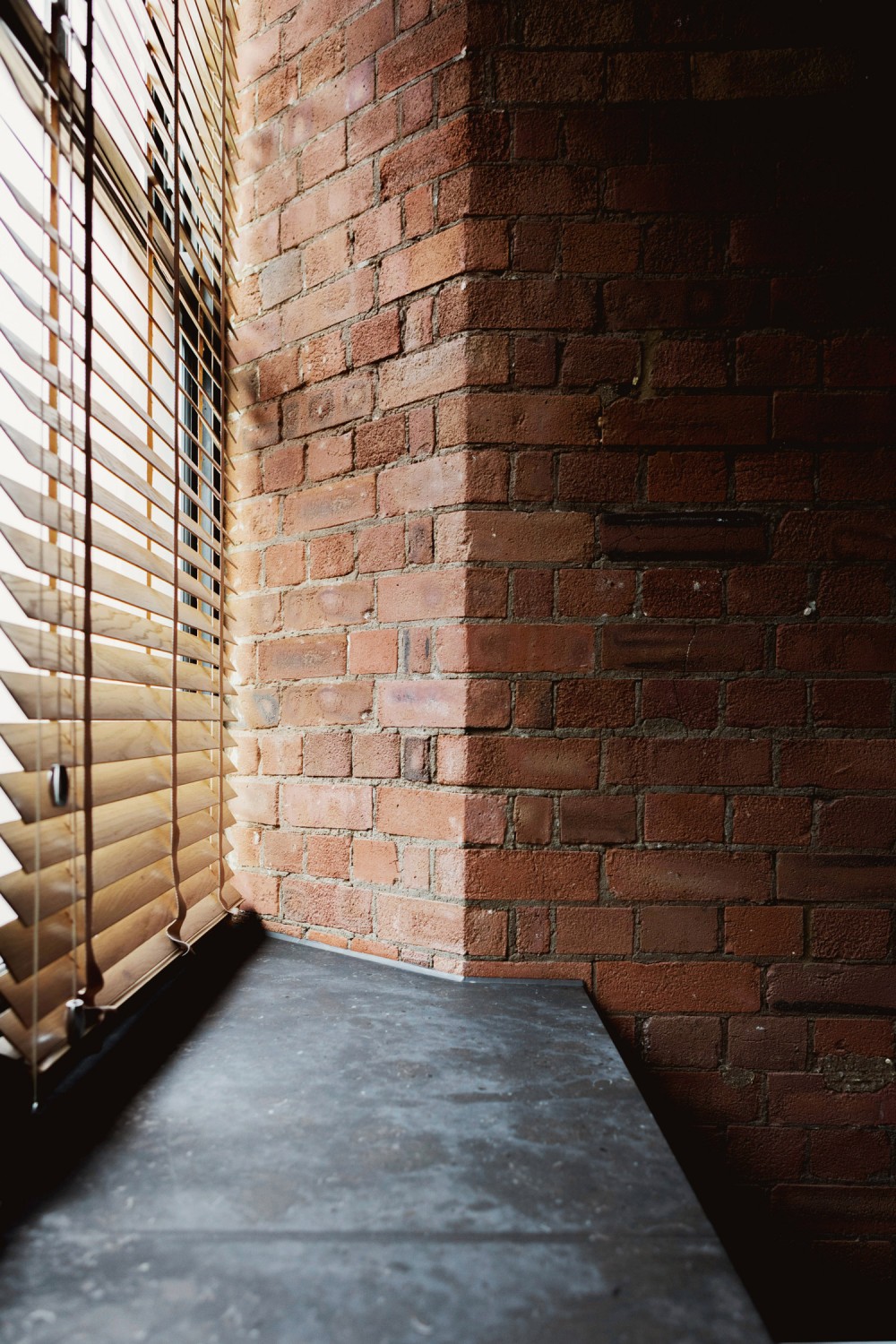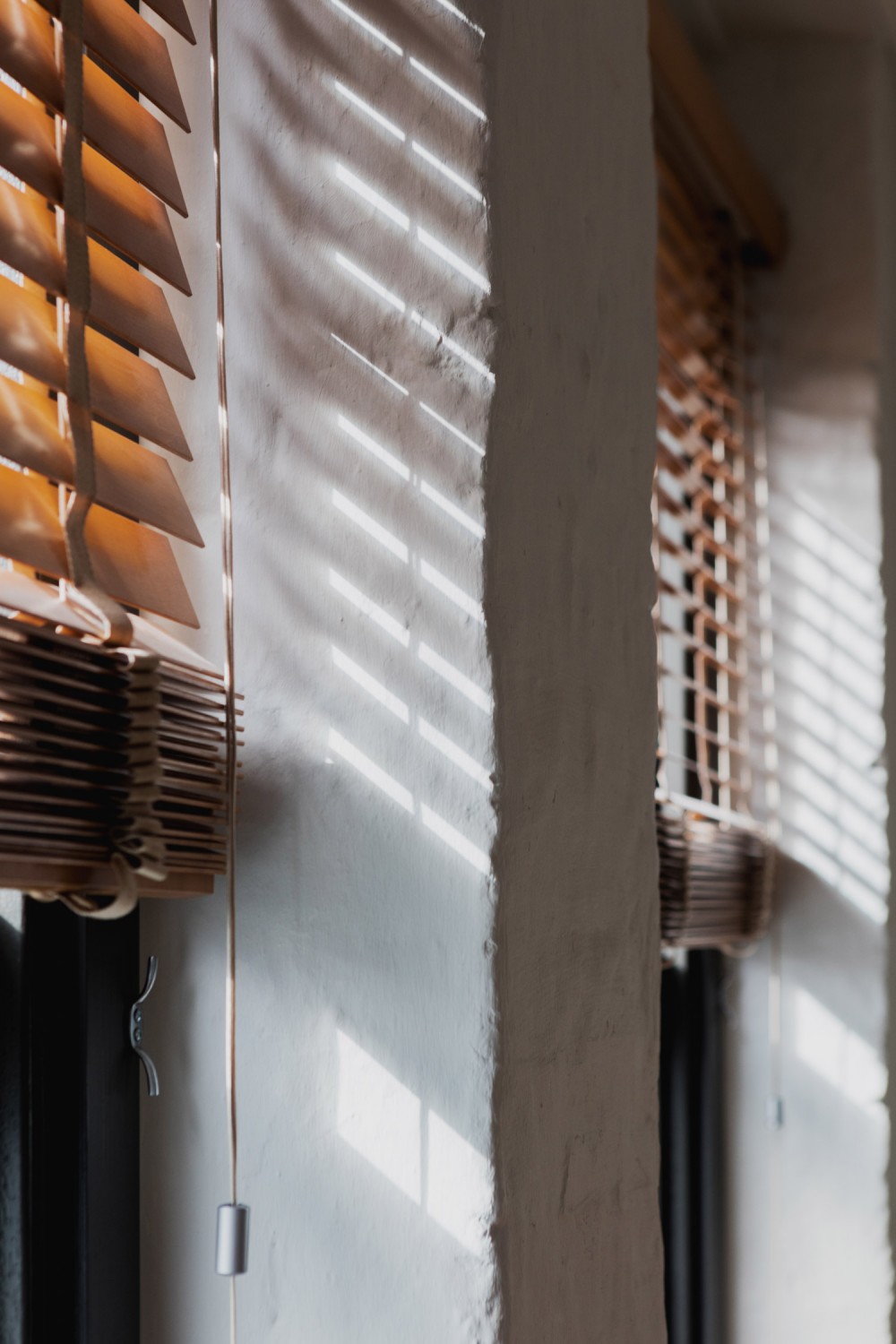Marvic House
A new four-storey brick building consolidates an urban block located in a conservation area in the London Borough of Hammersmith & Fulham. The works involved a new apartment building as well as the refurbishment and conversion of an existing warehouse building to create eleven new homes plus a ground floor commercial unit.
Emil Eve worked with a developer client to deliver high quality housing that could also accommodate live / work spaces – responding to market demand.
The light-filled apartments feature solid oak flooring and bespoke oak joinery. At street level the large open plan commercial unit features an expansive polished concrete floor.
The original building contained a complex of Victorian workshops and was constructed over several phases and further adapted throughout the 20th century – its history now revealed through the patchwork colours of exposed brickwork.
In recent years, the building had been split into many small, inefficiently planned work units with poor quality materials and limited natural light. The brick building had been covered in cement render and the original timber windows replaced by uPVC casements. It was also suffering from damp and an existing asbestos roof was in need of removal.
Although this project involved a change of use, the architects were able to secure consent by using a mixture of new planning approvals as well as ‘prior-approvals’ under permitted development legislation. The design also meets the challenge of creating new housing within a flood risk zone.
A new four-storey brick building now consolidates the urban block. Its handmade brick facades compliment the warm tones of the existing brickwork while clearly distinguishing it as a new element. ‘Hit and miss’ brick banding differentiates the levels and becomes a contemporary reference to the decorative horizontal bands of the original facade.
Pre-cast stone sills and copings accentuate the openings and highlight the large street door. Timber composite windows are stepped back from the facade and incorporate elegant powder-coated steel balustrades. At roof level a new zinc-clad extension with a large roof terrace has been added.
Flexibility was built in to the development. Soft spots in the floor slab have been incorporated to enable future conversion, with the possibility to extend the first floor apartments downwards should residential use be more commercially viable.
Photography: Andy Stagg and Mariell Lind Hansen
Press:
Architonic
E-architect
